Today's world military (July 29) has the following content: Russia launches new suicide drone ship; Roketsan introduces KOZ robot dog equipped with laser-guided missiles; South Korea deploys Cheongung-II air defense system.
* Russia unveils new suicide drone at “July Storm” exercise
As part of the recently concluded large-scale naval exercise “July Storm,” a new Russian suicide unmanned surface vessel (USV) successfully carried out a frontal attack on a simulated target.
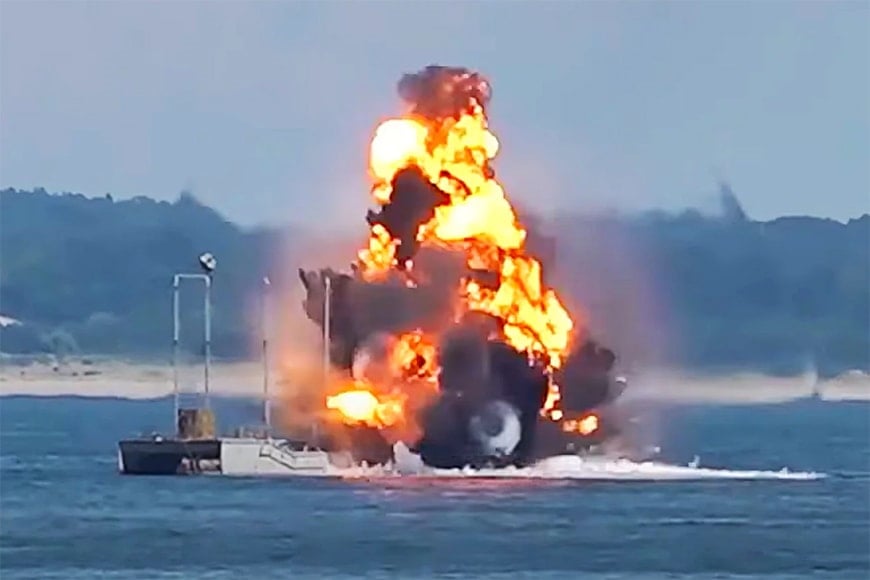 |
| During the July Storm exercise, Russia's new suicide USV launched a direct attack on a simulated target, marking a new stage in Russia's adaptation to modern naval warfare. Photo: Russian Ministry of Defense |
According to a video released by the Russian Ministry of Defense, the new USV accelerated towards and exploded upon impact with a stationary target at sea. Notably, the USV appeared to partially sink during its final approach, demonstrating the advanced aerodynamic design and stealth capabilities of the USV. While the technical specifications remain classified, some pro-Russian government sources said the USV has a range of 300km and a 24-hour endurance.
Although its official name has not been announced, this USV has a similar design to Ukrainian unmanned vessels such as Magura V5 or Sea Baby.
Strategically, the USV will extend the Russian Navy’s maritime strike range while reducing the risk to manned vehicles. Geostrategically, it will enhance Russia’s defense capabilities in the Baltic and Black Seas, as well as send a message to NATO forces operating near Russian waters.
As strategic competition at sea intensifies, the role of USVs in Russia's arsenal will expand, potentially reshaping the naval balance in the region.
* Roketsan introduces KOZ robot dog equipped with missiles
At the IDEF 2025 Defense Exhibition in Istanbul, Türkiye unveiled the KOZ robot dog equipped with laser-guided missiles.
KOZ, developed by Roketsan Corporation, is capable of operating autonomously or remotely. KOZ is equipped with an opto-electronic system that allows surveillance and attack of targets in high-risk environments. With a continuous operating time of 2.5 hours, KOZ can carry out reconnaissance, attack and other special missions in combat zones.
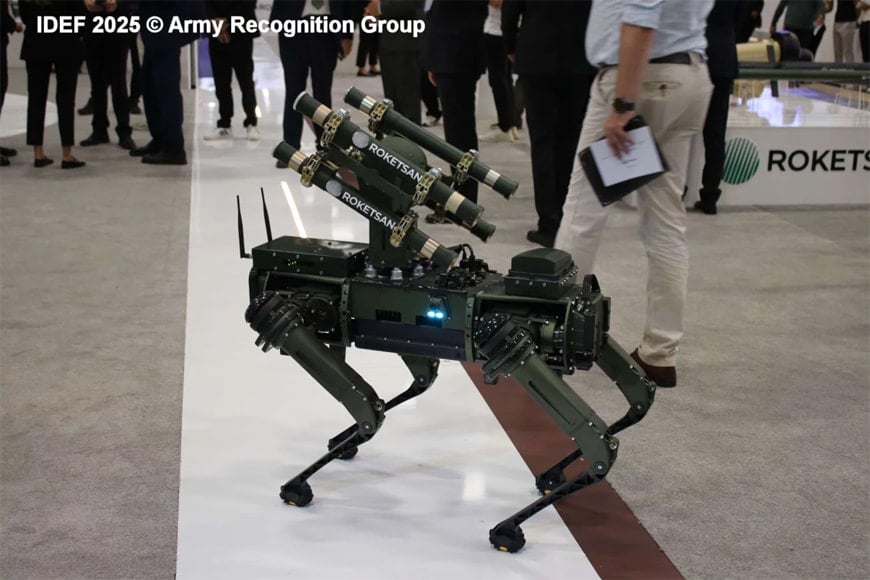 |
| KOZ is the world's first robot dog equipped with laser-guided missiles. Photo: Army Recognition |
Unlike previous robot dogs, which were often lightly armed, KOZ integrates the laser-guided METE mini-missile. This leap in lethality expands the utility of ground robots: from perimeter defense to tactical assault, urban warfare, and forward reconnaissance, especially in GPS-denied environments.
Geopolitically, KOZ strengthens Türkiye's deterrence position and export potential, attracting partners looking for small, unmanned strike capabilities.
* South Korea deploys Cheongung-II air defense system
On July 28, South Korea officially announced the first deployment of the Cheongung-II air defense system to deal with the growing missile threat.
The Cheongung-II system is not only capable of intercepting medium-range aircraft like its predecessor, the Cheongung-I, but is also capable of destroying ballistic missiles at an altitude of 15km, within a range of about 40km. According to the Defense Acquisition Program Administration (DAPA) of South Korea, this is a key component of South Korea's multi-layered defense structure called the Korea Air and Missile Defense (KAMD) system.
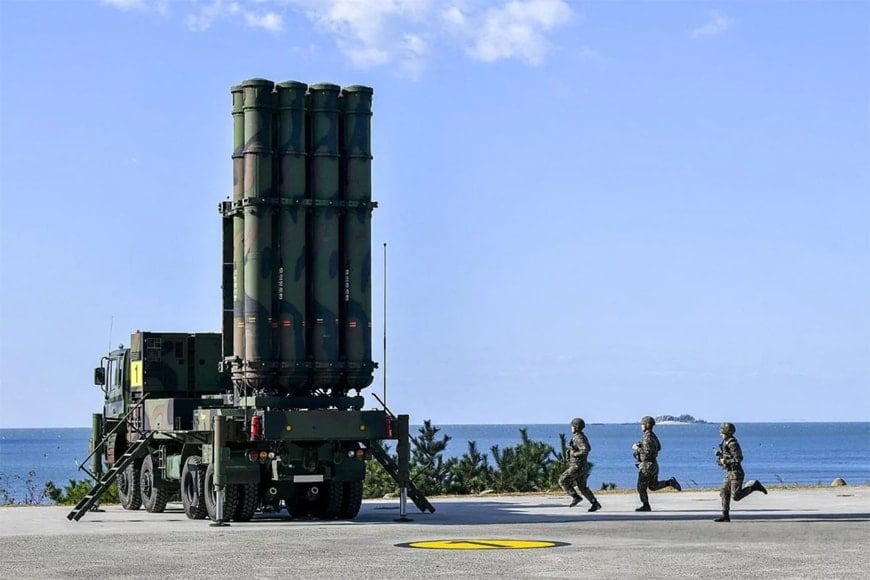 |
| A Cheongung-II surface-to-surface missile prepares to be launched during a live-fire drill to intercept a guided missile in western South Korea, November 6, 2024. Photo: South Korean Ministry of National Defense |
The system uses an active electronically scanned array (AESA) multi-function radar, and an interceptor missile with an active radar seeker in the terminal phase, allowing for fast, flexible tracking and destruction of targets. Each complex includes vertical launch tubes (8 tubes/complex), a mobile command vehicle, and a radar with anti-electronic suppression capabilities.
In parallel with the deployment of Cheongung-III, South Korea is also developing Cheongung-III, which is capable of intercepting ballistic missiles and aircraft at altitudes of up to 30km. The system uses solid-fuel missiles, inertial guidance and active radar, and has a speed of up to Mach 4.5.
The core of the Cheongung-III system is the AESA multi-function radar, capable of simultaneously tracking up to 40 targets within a 100km radius, with low interference and detection, providing the ability to simultaneously intercept 6 ballistic or low-flying targets. This system will also be integrated on Daegu-class frigates through the K-VLS vertical launch system, enhancing coastal and maritime defense capabilities.
DAPA said the investment to upgrade the Cheongung system will amount to 645 billion won (about $467 million) with the goal of nationwide deployment by 2027.
The deployment of Cheongung-II and development of Cheongung-III shows that Seoul is pursuing a strategy: Strengthening deterrence capabilities, optimizing defense budgets, and enhancing its position in the global defense supply chain.
MAI HUONG (synthesis)
* Today's World Military column on the People's Army Electronic Newspaper sends readers the latest information on world military security and defense activities in the past 24 hours.
Source: https://baolamdong.vn/quan-su-the-gioi-hom-nay-29-7-roketsan-gioi-thieu-cho-robot-koz-trang-bi-ten-lua-dan-duong-bang-laser-384160.html








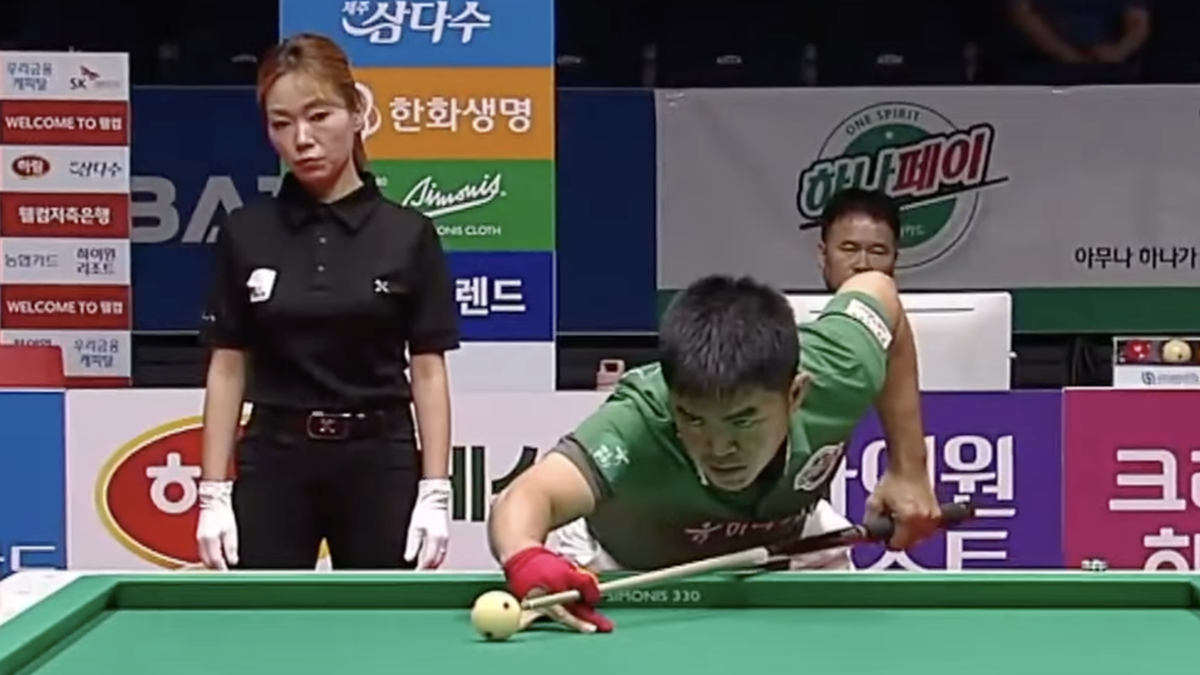



















![[Photo] National Assembly Chairman attends the seminar "Building and operating an international financial center and recommendations for Vietnam"](https://vphoto.vietnam.vn/thumb/1200x675/vietnam/resource/IMAGE/2025/7/28/76393436936e457db31ec84433289f72)





































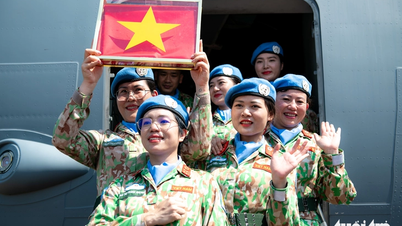

































Comment (0)